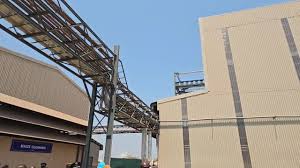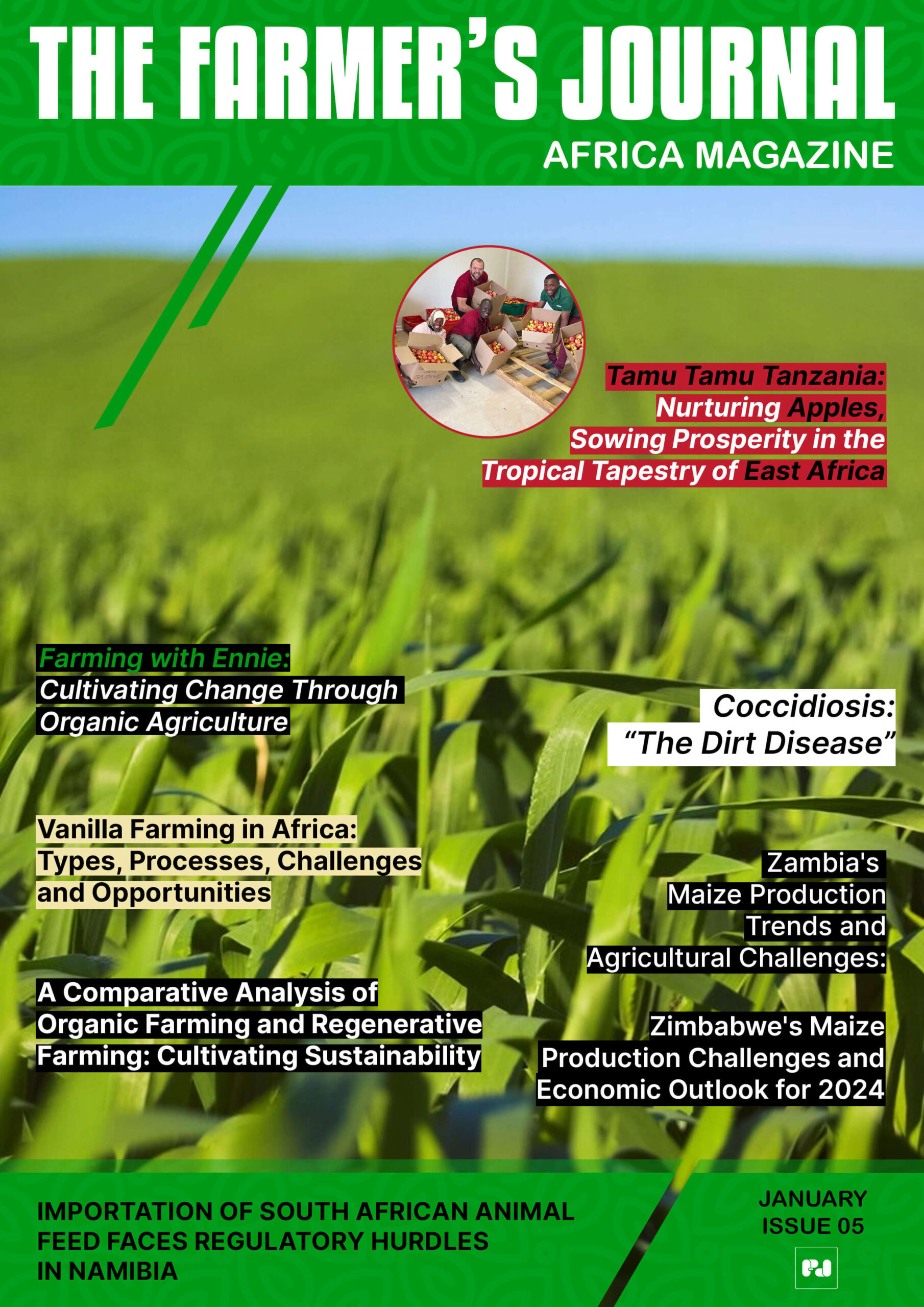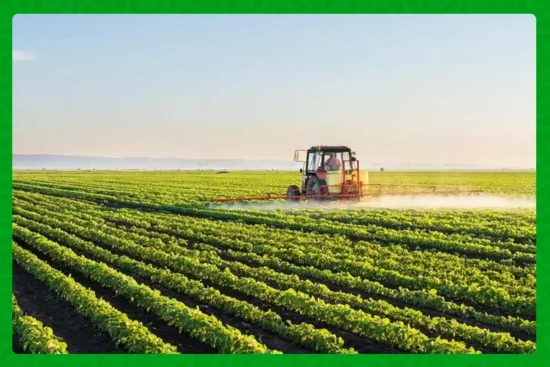
On October 21, 2025 Trade Kings Group, through its subsidiary Kingsworth Group Limited, switched on Zambia’s first commercial glucose and starch plant at the Lusaka Multi-Facility Economic Zone. The US$110 million facility is more than new machinery and a neat ribbon cutting. It is a turning point for Zambia’s industrial story, a physical answer to a long-running question: how to turn abundant raw maize into higher-value products that stay and grow here.
From the day the gates opened, the plant’s purpose was clear. It will produce starch, liquid glucose, maltodextrin and animal feed by-products for food, beverage and manufacturing clients across Zambia and beyond. That output will replace a significant share of imports, free up foreign exchange and create domestic supply chains that farmers, truck drivers, processors and retailers can count on. President Hakainde Hichilema described the commissioning as a national milestone in the country’s push from consumption to production, calling it proof that Zambia is walking the talk on industrial transformation.
Why this matters for farmers and communities
This is not an isolated factory. The plant has been designed to source roughly 126,000 tonnes of maize a year from local growers. That figure matters because it converts smallholder harvests into steady demand. For a farmer, a guaranteed buyer and predictable payments can mean the difference between seasonal uncertainty and a dependable household income. For rural towns, the new demand for maize creates knock-on work for transporters, grain graders, storage facilities and small businesses that service those workers.
The plant is also expected to generate more than 1,000 direct jobs on site. When technicians, operators and administrators receive training and stable pay, the benefits reach families and neighbourhoods. The local skills investments will also create a talent pool for future industrial projects, raising the long-term productivity of Zambia’s workforce.
A measurable boost to the national economy
Beyond jobs and farm incomes, the plant moves the needle on macroeconomic concerns. With import substitution estimated to save more than US$30 million a year and export potential projected at up to US$150 million, the facility strengthens foreign exchange stability and cushions the economy against external shocks. Those are not just large numbers on a balance sheet. They represent more fiscal space for public priorities and a firmer platform for private investment.
Trade Kings Group has already been a major private investor in Zambia. The company’s ongoing commitments now exceed US$1 billion and support thousands of jobs across sectors. The new glucose and starch plant complements those investments by creating high-value goods that can be sold regionally and globally, amplifying Zambia’s industrial footprint.
How government and private sector came together
The plant sits inside a Multi-Facility Economic Zone, where incentives and predictable regulations helped bridge the gap between concept and commissioning. At the launch the President praised the success of public-private partnership, and the government reaffirmed measures to stabilize inflation and maintain a predictable exchange rate, both crucial for investor confidence. Commerce and industry officials framed the project as part of a broader industrial revival that is already creating new factories and jobs across the country.
What lies ahead
The facility was developed in two phases, with the first phase funded at US$60 million and the second at US$50 million. The initial focus will be on steady production and integrating local suppliers. Over time the goal is to scale exports, deepen backward linkages with farmers through better storage and logistics, and develop higher-value derivative products. Trade Kings Group and government leaders have also signalled further commissioning of major industrial projects, which suggests this plant is a headline act in a larger economic encore.
A short story about national independence through production
With Zambia approaching its 61st independence anniversary the new plant is a symbolic and practical milestone. It is proof that economic independence can be built product by product, job by job, crop by crop. The image of maize trucks arriving at a state-of-the-art processing line captures that evolution: from field to factory to shelf, an entire chain earning value inside the country. That is the practical meaning of industrialization, and it is what Zambians were celebrating when the plant was commissioned.
This glucose and starch plant is not a standalone success. It is a bridge. It connects farmers to markets, raw materials to manufactured goods, private ambition to national strategy. For businesses, it opens supply opportunities. For workers, it creates livelihoods. For the country, it is a concrete step toward producing more of what Zambia consumes and selling more of what the world buys. In short, it is a plant with the potential to change how Zambia grows its economy.


















